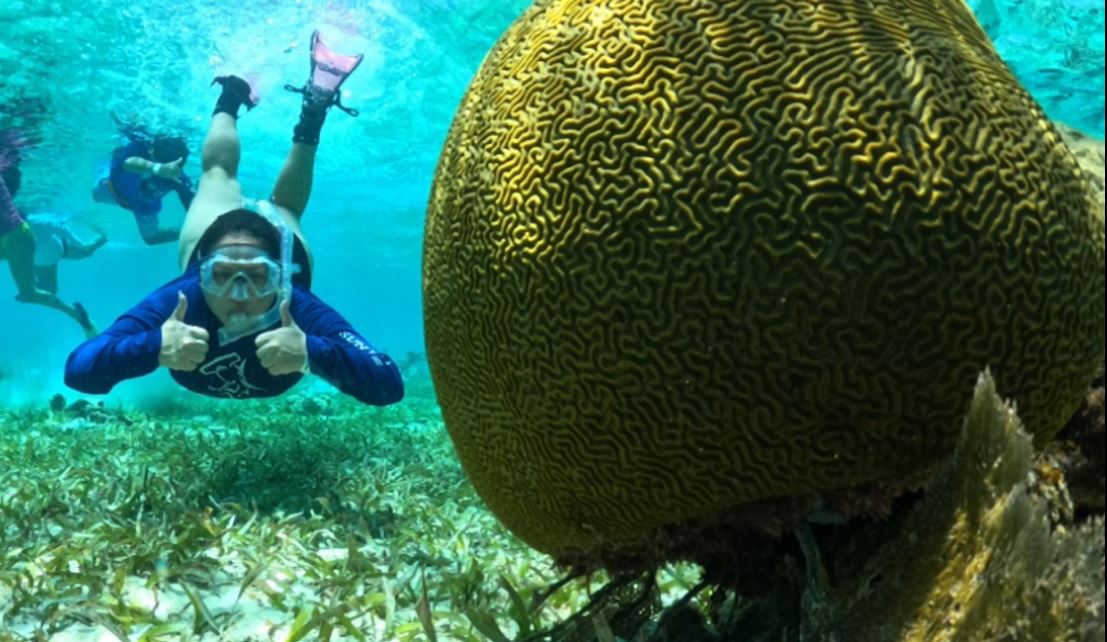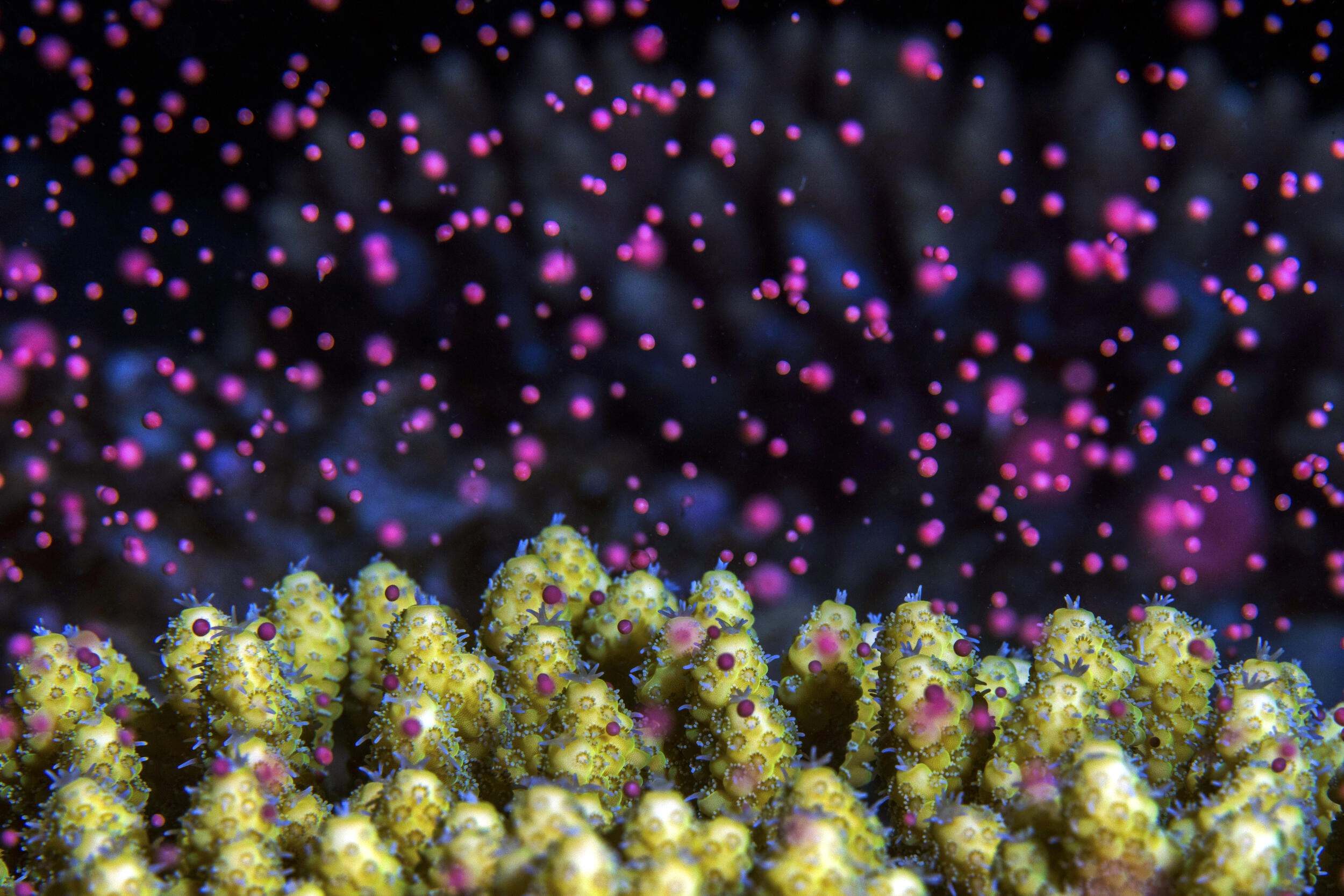Since the 1980s, invasive Indo-Pacific lionfish have spread throughout the western Atlantic and Caribbean, threatening biodiversity and native reef fish, which are the livelihood of local cultures and economies. During the 66th annual meeting of the Gulf and Caribbean Fisheries Institute in Corpus Christi, Texas, representatives from government agencies, academia, NGOs, law, restaurants, seafood distributors, media, and fishers participated in a workshop to identify the challenges of harvesting and distributing invasive lionfish as a means of control. This paper presents a summary of the research needs and priorities identified during the workshop for the following five sessions:
- Invasive lionfish and ciguatera
In 2011, lionfish from the U.S. Virgin Islands were tested by the U.S. Food and Drug Administration (FDA) for the presence of ciguatoxins (CTXs), responsible for ciguatera fish poisoning (CFP) in humans. Results show that of 153 invasive lionfish tested, 40% had detectable levels of CTXs and 12% were above the FDA guidance. Similar studies have been conducted in other areas of the Caribbean like Saint Barthelemy, French West Indies (FWI). Here 49% of the samples tested positive and 40% were above the recommended exposure threshold for Pacific CTXs. According to researchers, no incidences of ciguatera have been reported from lionfish consumption in the USVI or FWI up until January, 2014. However, there are many uncertainties in the current knowledge of CFP epidemiology, ecology and toxicology. For instance, many cases of CFP are not reported, making it difficult to identify locations of concern and to accurately calculate frequency rates. Also, recent studies suggest that false positives for CTXs may be due to similarities in composition between scorpionfish venom toxins and CTXs. Finally, little laboratory evidence validates the exposure thresholds recommended by the FDA. - Legal aspects of ciguatera
Promoting lionfish consumption may pose legal challenges to distributors, restaurant owners, and resource managers due to CFP. In 1990 two CFP test cases were won before the Superior Court of Puerto Rico, arguing that ciguatera occurrence is spatially and temporally variable and over 400 fish species have the potential to become ciguatoxic. Therefore fishers, wholesalers, distributors, restaurant owners, and all persons involved in the fishing industry cannot be held responsible if their products contain CTXs. Since then a generalized caution statement referring to all marine reef fish is displayed within establishments that serve fish and on fish products. - Harvesting invasive lionfish
Many challenges exist with lionfish harvesting techniques, which affect the development of a sustainable market. Currently lionfish are being caught as bycatch on hook-and-line and in lobster traps. However, the most effective method for removing large quantities of lionfish is targeted removals by SCUBA divers and snorkelers using spears and nets. Targeted removals are a highly effective harvesting technique on a local scale. For long term control, removal efforts must be sustained by partnerships and collaborations between derby hosts, collectors, distributors, and restaurants. Other end-uses for invasive lionfish include ornamental (e.g. jewelry) and the aquarium trade. - Case studies of invasive lionfish in the marketplace
Restaurants and local business are currently promoting collaborations and networking to supply and serve lionfish in restaurants nationwide. However, they encounter supply chain weaknesses and elevated lionfish prices. Also, there are very few mid-range restaurants serving lionfish and sources, processing facilities, and practices tend to be quite expensive.
- Invasive lionfish supply and distribution
Commercial suppliers, like Traditional Fisheries are partnering with local fishing cooperatives in an effort to provide income to fishers and contribute to invasive lionfish control. Yet, logistical and financial challenges such as packaging regulations and requirements for shipping and distribution of fish prohibit further expansion. The lack of capital and lack of market recognition are also affecting the efforts to supply and distribute lionfish. Other distributors such as Rainforest Seafood in the Caribbean also experiences challenges distributing lionfish. Some of their biggest challenges are the low demand caused by consumer’s health concerns and the high costs associated to lionfish distribution.
Based on the information presented and discussed during the workshop, the following consensus statements were developed and agreed upon by participants:
- An invasive lionfish food fish market is feasible and should be promoted.
- Alternative invasive lionfish end-uses, such as the ornamental and aquarium trade, are also viable markets.
- Regarding consumption and the risk for CFP, invasive lionfish should not be treated differently than other fish species.
- A general caution statement should be displayed within all establishments that serve fish and on fish products.
- Local control is effective at minimizing invasive lionfish impacts at local scales and should be encouraged where possible.
- Managers are encouraged to consider regulatory amendments in MPAs and other no-take areas to allow the removal of invasive lionfish.
Author: Bogdanoff, A.K., J.L. Akins, J.A. Morris Jr., and 2013 GCFI Lionfish Workgroup
Year: 2014
View Full Article
Proceedings of the 66th Gulf and Caribbean Fisheries Institute November 4-8, 2013. Corpus Christi, Texas.


